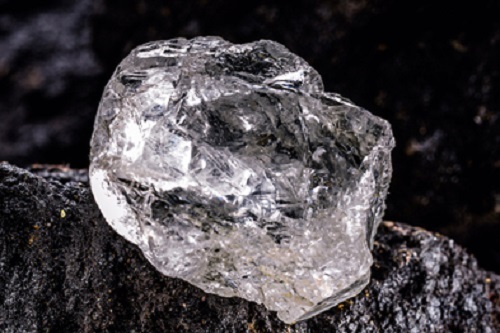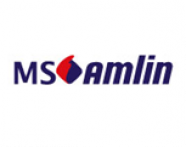What will happen to the second-largest diamond ever discovered?

What will happen to the huge diamond from Botswana – the second-largest ever discovered? Luxury brand Louis Vuitton have plans to create stunning jewellery.
It’s coarse, black and the size of a tennis ball. Yet it might soon sell for tens of millions, if not hundreds of millions of dollars. Sewelo, as it’s been christened, is a 1,758-carat diamond unearthed in July 2019 from a mine in Botswana. According to Lucara Diamond Corp, the Canadian company that found it, it’s the second largest diamond ever discovered.
In January 2020 Lucara entered into a collaboration with luxury brand Louis Vuitton to cut the stone and turn it into a collection of polished diamonds. The name Sewelo means “rare find” in Tswana, the local language spoken in Botswana.
Louis Vuitton won't reveal how much they paid Lucara for the deal, but admitted it was in the “millions”. For a manufacturer best known for its luggage, bags and leather goods, the purchase of an enormous and frighteningly expensive diamond might raise a few eyebrows. “Nobody expects us to put such an emphasis on high jewellery,” the company's chief executive Michael Burke told the Financial Times newspaper. “I think it will spice things up a bit. Wake up the industry.”
The mine where this exquisite stone had laid undisturbed for millions of years is called Karowe Diamond Mine – a 1,500-hectare open-pit facility near the village of Letlhakane, in central Botswana. Since it started operating in 2012, it has given up more than 5,400 diamonds of 10.8 carats or above; 15 diamonds of more than 300 carats; and two diamonds of more than 1,000 carats, including Sewelo. Before this beauty saw the light of day, Karowe’s two largest diamonds were the 813-carat Constellation, which sold for $63 million, and the 1,109-carat Lesedi La Rona, which sold for $53 million.
But even Sewelo looks lacklustre when compared to the largest diamond ever discovered – the 3,106-carat Cullinan diamond, unearthed in South Africa in 1905. This yielded two massive high-quality stones – both now part of the British crown jewels – as well as multiple smaller stones.
The value of any rough diamond depends on how many individual stones can be cut from it, and how many impurities there are inside it. In the case of Sewelo, this is hard to predict since it is covered with a thin layer of black carbon.
Louis Vuitton has managed to examine their new acquisition by shining lasers through a tiny chink in the carbon outer layer. They describe it as “near gem of variable quality, with domains of higher-quality white gem”. It weighs 352g and measures 83mm by 62mm by 46mm. But they won't know its true value until they cut it into smaller stones – a process called manufacturing which normally involves laser sawing, shaping, faceting and polishing.
So why take such a financial risk? Louis Vuitton’s parent company LVMH has been making inroads into the luxury jewellery market for some time. The French multinational already owns jewellery brands Bulgari, House of Chaumet and Fred Joaillier, and watchmakers TAG Heuer, Hublot and Zenith. In January 2021 it purchased the New York jeweller Tiffany & Co.
Quite what this means for the future of the Sewelo diamond is anyone’s guess. Louis Vuitton recently took its prize possession on a world tour, showing it off to potential customers of the final polished stones. It has charged the Belgian diamond manufacturer HB Antwerp with the task of manufacturing the collection.
Oded Mansori is CEO of HB Antwerp. In a recent interview he rather mysteriously suggested that Sewelo “holds a secret within”. “There’s a very big surprise in the stone,” he added. “And we are big believers that the outcome will be even more fascinating.”
Authored by MS Amlin
About MS Amlin
MS Amlin is a leading global specialty commercial insurer and reinsurer with operations in the Lloyd’s, UK, Continental European and Bermudian markets.
Comprising Mitsui Sumitomo’s London and Bermuda-based operations and the historic Amlin businesses, MS Amlin specialises in providing insurance cover for a wide range of risks to commercial enterprises and reinsurance protection to other insurers around the world.
It is wholly owned and fully supported by the financial strength and scale of MS&AD of Japan, the eighth largest non-life insurer in the world. To learn more, visit www.msamlin.com.

